Home>Storage Ideas>Kitchen Storage>How To Clean A Microwave With Lemon: To Remove Burnt On Food
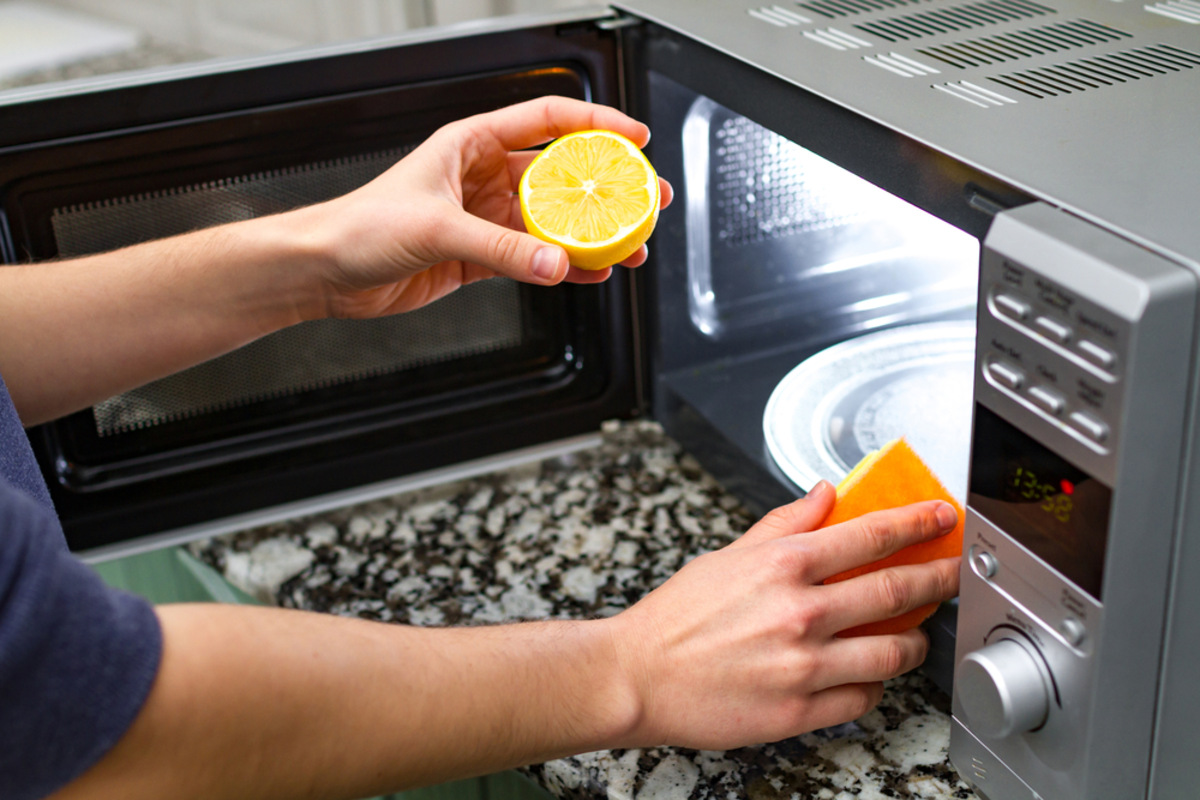

Kitchen Storage
How To Clean A Microwave With Lemon: To Remove Burnt On Food
Modified: March 21, 2024
Learn how to clean a microwave with lemon to effortlessly remove burnt-on food. Discover effective kitchen storage ideas along the way.
(Many of the links in this article redirect to a specific reviewed product. Your purchase of these products through affiliate links helps to generate commission for Storables.com, at no extra cost. Learn more)
Introduction
Welcome to the ultimate guide on how to clean a microwave with lemon! If you’ve ever struggled with stubborn burnt-on food stains or unpleasant odors lingering in your microwave, you’ve come to the right place. Cleaning your microwave can be a hassle, but with the natural cleaning power of lemons, you can say goodbye to those tough stains and hello to a sparkling clean microwave.
Why go for a chemical-filled cleaner when you can use a simple, natural ingredient like lemon? Lemons are not only a versatile ingredient in cooking and baking, but they are also excellent for cleaning and deodorizing. The acidic properties of lemons make them highly effective in breaking down grease and grime, leaving your microwave looking and smelling fresh.
Plus, using lemons to clean your microwave is not only eco-friendly but also budget-friendly. You don’t have to worry about harmful chemicals or spending money on expensive cleaners. All you need is a few lemons and some basic supplies, and you’re ready to tackle that microwave mess.
So, let’s dive into this step-by-step guide on how to clean a microwave with lemon and get your appliance looking as good as new!
Key Takeaways:
- Clean your microwave with lemons for a natural, effective, and budget-friendly solution. Say goodbye to tough stains and odors while enjoying the refreshing citrus scent of a sparkling clean appliance.
- Prioritize safety and regular maintenance to keep your microwave fresh and odor-free. Embrace the natural cleaning power of lemons for an eco-friendly and budget-conscious kitchen cleaning routine.
Read more: How To Clean Microwave Oven With Lemon Juice
Why use lemon to clean a microwave?
When it comes to cleaning kitchen appliances, using natural ingredients like lemons can be a game-changer. Here are some reasons why you should consider using lemons to clean your microwave:
- Natural and non-toxic: Unlike commercial cleaners that often contain harsh chemicals, lemons are completely natural and non-toxic. This means that you can clean your microwave without worrying about any harmful residue being left behind that could potentially contaminate your food.
- Effective grease and grime remover: Lemons have natural acidic properties that make them highly effective in cutting through grease and grime. The acidity helps to break down stubborn stains and residue, making it easier to wipe them away.
- Pleasant aroma: One of the best things about using lemons to clean your microwave is the refreshing and citrusy scent. As the lemon juice heats up inside the microwave, it releases a pleasant aroma that helps to eliminate any lingering odors from previous cooking mishaps.
- Versatility: Lemons are not only great for cleaning microwaves but can be used for various other cleaning tasks in your kitchen. From cleaning cutting boards to removing stains from countertops, lemons are a versatile ingredient that can tackle multiple cleaning challenges.
- Eco-friendly and budget-friendly: Using lemons to clean your microwave is an eco-friendly option. You can reduce your reliance on chemical cleaners and minimize your environmental impact. Additionally, lemons are affordable and easily accessible, making it a cost-effective cleaning solution.
With all these benefits, it’s clear why lemon is an excellent choice for cleaning your microwave. So, let’s move on to the supplies you’ll need before you begin this cleaning process.
Supplies needed
Before you dive into cleaning your microwave with lemon, it’s important to gather all the necessary supplies. Fortunately, you won’t need a long list of expensive or hard-to-find items. Here are the basic supplies you’ll need:
- Lemons: You’ll need a few fresh lemons for their juice. Opt for organic lemons if possible to avoid any pesticide residues. The number of lemons will depend on the size of your microwave and the level of cleaning required.
- Microwave-safe bowl: You’ll need a microwave-safe bowl or a heat-resistant glass measuring cup to hold the lemon juice and water solution.
- Water: You’ll need water to create a mixture with lemon juice for cleaning. Use filtered water if you prefer, but tap water will work just fine.
- Microwave-safe sponge or cloth: Choose a soft sponge or cloth that is safe to use in the microwave. Avoid using abrasive sponges or scrub brushes, as they can potentially damage the microwave’s interior.
- Microwave cover or microwave-safe plate: A microwave cover or a microwave-safe plate will be needed to cover the bowl or measuring cup while cleaning the microwave. This will help prevent any lemon juice mixture from splattering, ensuring a safe and effective cleaning process.
- Dish soap: Although optional, having a small amount of dish soap on hand can be useful for cleaning the exterior of the microwave. Choose a mild dish soap to avoid any potential damage to the microwave’s surface.
- Clean, dry cloth: Lastly, keep a clean, dry cloth nearby for wiping down the interior and exterior of the microwave once the cleaning process is complete.
Now that you have your supplies ready, it’s time to move on to the step-by-step guide on how to clean a microwave with lemon.
Step-by-step guide to cleaning a microwave with lemon
Now that you have gathered all the necessary supplies, let’s dive into the step-by-step process of cleaning a microwave with lemon:
- Squeeze the lemons: Start by squeezing the juice from the lemons into a microwave-safe bowl or a heat-resistant glass measuring cup. Depending on the size of your microwave, you’ll need about 1/2 to 1 cup of lemon juice.
- Add water: Next, add an equal amount of water to the bowl or measuring cup. For example, if you used 1/2 cup of lemon juice, add 1/2 cup of water. The lemon juice-water mixture will create a powerful cleaning solution.
- Place the bowl in the microwave: Carefully place the bowl or measuring cup with the lemon juice-water mixture in the center of the microwave.
- Microwave on high: Set your microwave to high and heat the lemon juice-water mixture for about 3-5 minutes, or until the mixture comes to a boil. Keep an eye on the microwave to ensure it doesn’t overflow.
- Let it sit: After the lemon juice-water mixture comes to a boil, leave the microwave door closed and let it sit for about 5-10 minutes. This allows the steam to work its magic, loosening any stubborn stains and food particles.
- Carefully remove the bowl: Use oven mitts or a heat-resistant glove to carefully remove the bowl or measuring cup from the microwave. Be cautious as the bowl and the liquid inside will be hot.
- Wipe down the interior: Grab a microwave-safe sponge or cloth and dip it into the lemon juice-water mixture. Use the soaked sponge or cloth to wipe down the interior of the microwave, paying extra attention to any stubborn stains or spills. The acidity of the lemon juice will help break down the grime and make it easier to remove.
- Wipe the exterior: If the exterior of your microwave could use a little cleaning as well, dampen a clean cloth with the lemon juice-water mixture and gently wipe down the surface. For tough stains on the exterior, you can add a small amount of dish soap to the cloth and gently scrub the area.
- Rinse and dry: Once you’ve thoroughly cleaned the interior and exterior, use a clean, damp cloth to rinse off any leftover lemon juice or cleaning solution. Follow up with a dry cloth to ensure everything is dry and shiny.
- Enjoy your clean microwave: Congratulations! You have successfully cleaned your microwave with lemon. Not only is it now free of dirt and grime, but it also has a fresh scent.
By following these simple steps, you can easily and effectively clean your microwave using the natural cleaning power of lemons. But remember, safety should always be a priority while working with kitchen appliances.
Place a bowl of water with lemon slices in the microwave and heat for 3-5 minutes. The steam will loosen the food, making it easier to wipe clean with a damp cloth.
Safety precautions
While cleaning your microwave with lemon is a safe and natural method, it’s important to keep the following safety precautions in mind:
- Protect your hands: Always wear oven mitts or use a heat-resistant glove when handling hot bowls or measuring cups. This will prevent burns or scalds from the hot lemon juice-water mixture.
- Be cautious of steam: When removing the bowl or measuring cup from the microwave, be careful of the steam that may escape. Steam can cause burns, so ensure you lift the container away from your face and body.
- Allow the mixture to cool: Before wiping down the interior or exterior of the microwave, make sure the lemon juice-water mixture has cooled down. This will prevent any accidental burns from hot liquid or steam exposure.
- Use microwave-safe materials: Ensure that all bowls, measuring cups, sponges, and cloths used in the process are labeled as microwave-safe. Using materials that are not designed for microwave use can potentially cause damage or even start a fire.
- Avoid harsh scrubbing: While using a sponge or cloth to clean the microwave, avoid using excessive force or abrasive scrubbing. The interior of the microwave can be easily scratched, leading to further damage.
- Don’t overload the microwave: Make sure the bowl or measuring cup with the lemon juice-water mixture fits comfortably in the microwave without touching the sides or the top. Overloading the microwave can cause spills, splatters, or even damage to the appliance.
- Ventilate the area: If you’re concerned about the strong aroma of lemon during the cleaning process, open a window or turn on a kitchen fan to allow proper ventilation.
- Keep children and pets away: While cleaning the microwave, it’s best to keep children and pets away from the area as a safety precaution.
- Read the microwave’s manual: Before attempting any cleaning method, refer to your microwave’s instruction manual for any specific guidelines or warnings regarding cleaning procedures.
By following these safety precautions, you can effectively clean your microwave with lemon while ensuring your own safety and the longevity of your appliance.
Read more: How To Clean Burnt Glass
Tips for maintaining a clean microwave
Now that you have successfully cleaned your microwave with lemon, it’s important to keep it looking fresh and sparkling for as long as possible. Here are some tips for maintaining a clean microwave:
- Cover food when heating: To prevent food splatters and spills inside the microwave, cover your food with a microwave-safe lid or microwave-safe plastic wrap before heating. This will minimize the mess and make cleaning easier.
- Wipe up spills immediately: Accidental spills and splatters happen, but try to wipe them up as soon as possible. This will prevent the food from hardening and becoming difficult to remove.
- Use microwave-safe containers: Always use microwave-safe containers and dishes when heating or cooking food in the microwave. This ensures that the containers won’t melt or release harmful chemicals into your food or the microwave.
- Regularly clean the turntable: Remove the turntable from your microwave and wash it with warm, soapy water. Rinse it thoroughly and dry it before placing it back in the microwave. This will prevent the build-up of food particles and stains on the turntable.
- Clean removable parts: If your microwave has removable parts like a glass tray or a grease filter, make sure to clean them regularly. Refer to your microwave’s manual for specific cleaning instructions for these parts.
- Deodorize with lemon: To keep your microwave smelling fresh, you can deodorize it by placing a lemon slice or a few drops of lemon juice in a microwave-safe bowl of water. Heat it for a couple of minutes, and the lemon scent will help eliminate any odors. Then, wipe down the interior with a clean cloth.
- Avoid using harsh chemicals: To protect the interior and the overall longevity of your microwave, avoid using harsh chemicals or abrasive cleaners. Stick to natural cleaning solutions like lemon juice and water.
- Perform regular deep cleanings: While regular wiping and spot cleaning help maintain a clean microwave, it’s important to perform deep cleanings every few months. Follow the step-by-step guide using lemon as mentioned earlier.
- Keep the microwave dry: After cleaning, make sure to dry the interior of the microwave thoroughly to prevent the growth of mold or mildew. Moisture can promote the growth of bacteria and lead to unpleasant odors.
- Follow manufacturer’s instructions: Always adhere to the manufacturer’s instructions regarding cleaning and maintenance of your specific microwave model. This will ensure optimal performance and longevity.
By incorporating these tips into your routine, you can enjoy a clean and fresh microwave for years to come. Remember, a little bit of regular maintenance goes a long way in keeping this essential kitchen appliance in top shape!
Conclusion
Cleaning your microwave doesn’t have to be a daunting task when you have the natural cleaning power of lemons at your disposal. Not only is using lemons to clean your microwave effective, but it is also safe and environmentally friendly. With just a few simple supplies and a step-by-step process, you can easily remove stubborn stains, grime, and odors from your microwave.
Throughout this guide, we’ve learned the many benefits of using lemons for microwave cleaning. From their natural cleaning properties to their pleasant aroma, lemons offer a fantastic alternative to harsh chemical cleaners. Plus, cleaning with lemons is budget-friendly and can be incorporated into your regular cleaning routine.
Remember, always prioritize safety when working with kitchen appliances. Use heat-resistant gloves, be cautious of steam, and handle hot liquids with care. Additionally, follow your microwave’s instruction manual for cleaning guidelines specific to your appliance.
To maintain a clean microwave, practice good habits like covering food, wiping up spills promptly, and using microwave-safe containers. Regular maintenance, including cleaning the turntable and removable parts, will help keep your microwave in excellent condition and prevent the build-up of dirt and grime.
So, why not give it a try? Take a few lemons from your pantry, gather your supplies, and start cleaning your microwave using the power of lemons. Enjoy the fresh and sparkling appliance that awaits you, and revel in the scent of citrus wafting through your kitchen.
By incorporating lemon cleaning into your routine, you’ll not only have a clean and odor-free microwave, but you’ll also contribute to a healthier and more eco-friendly home. So, go ahead and give your microwave some lemony love!
Frequently Asked Questions about How To Clean A Microwave With Lemon: To Remove Burnt On Food
Was this page helpful?
At Storables.com, we guarantee accurate and reliable information. Our content, validated by Expert Board Contributors, is crafted following stringent Editorial Policies. We're committed to providing you with well-researched, expert-backed insights for all your informational needs.
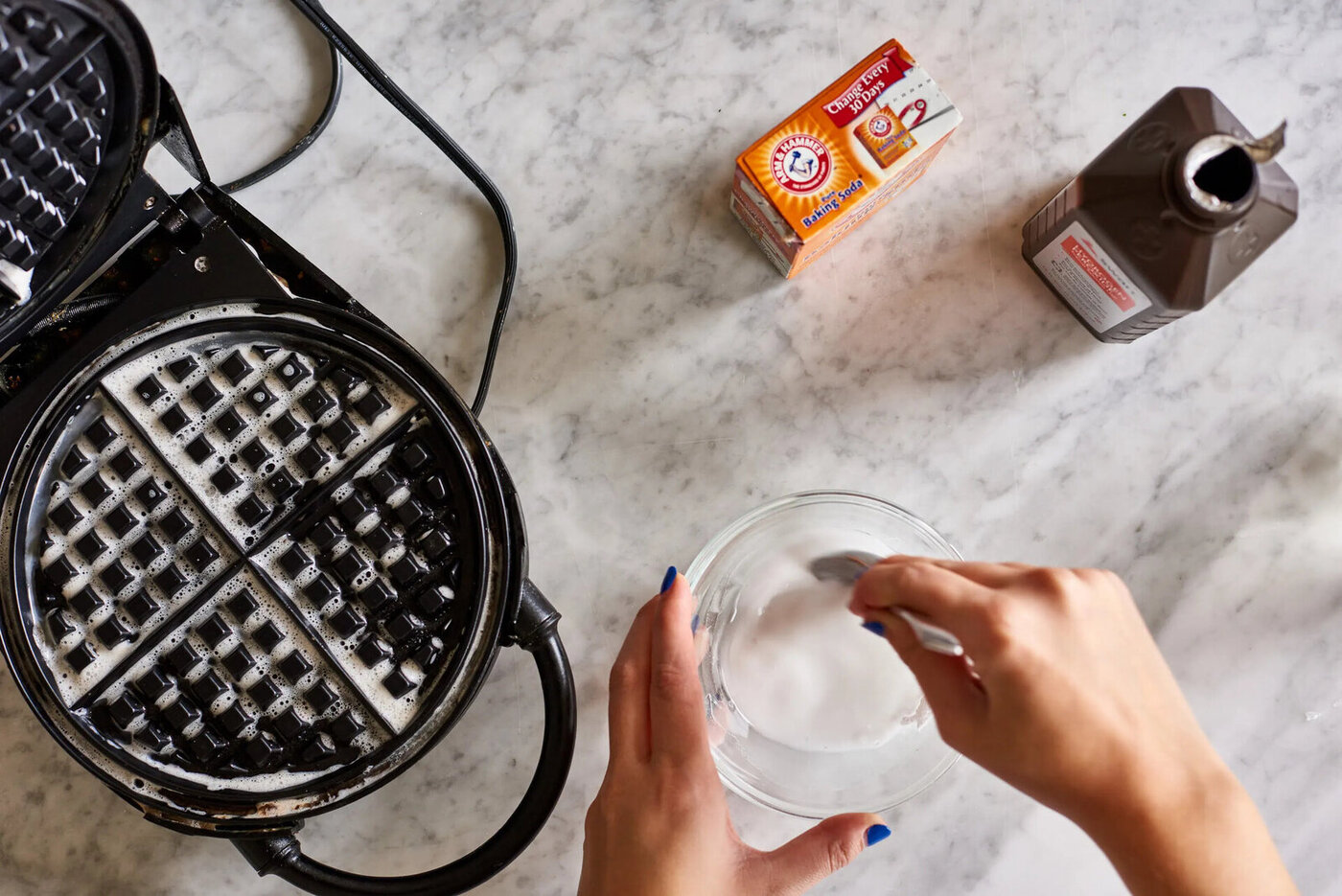

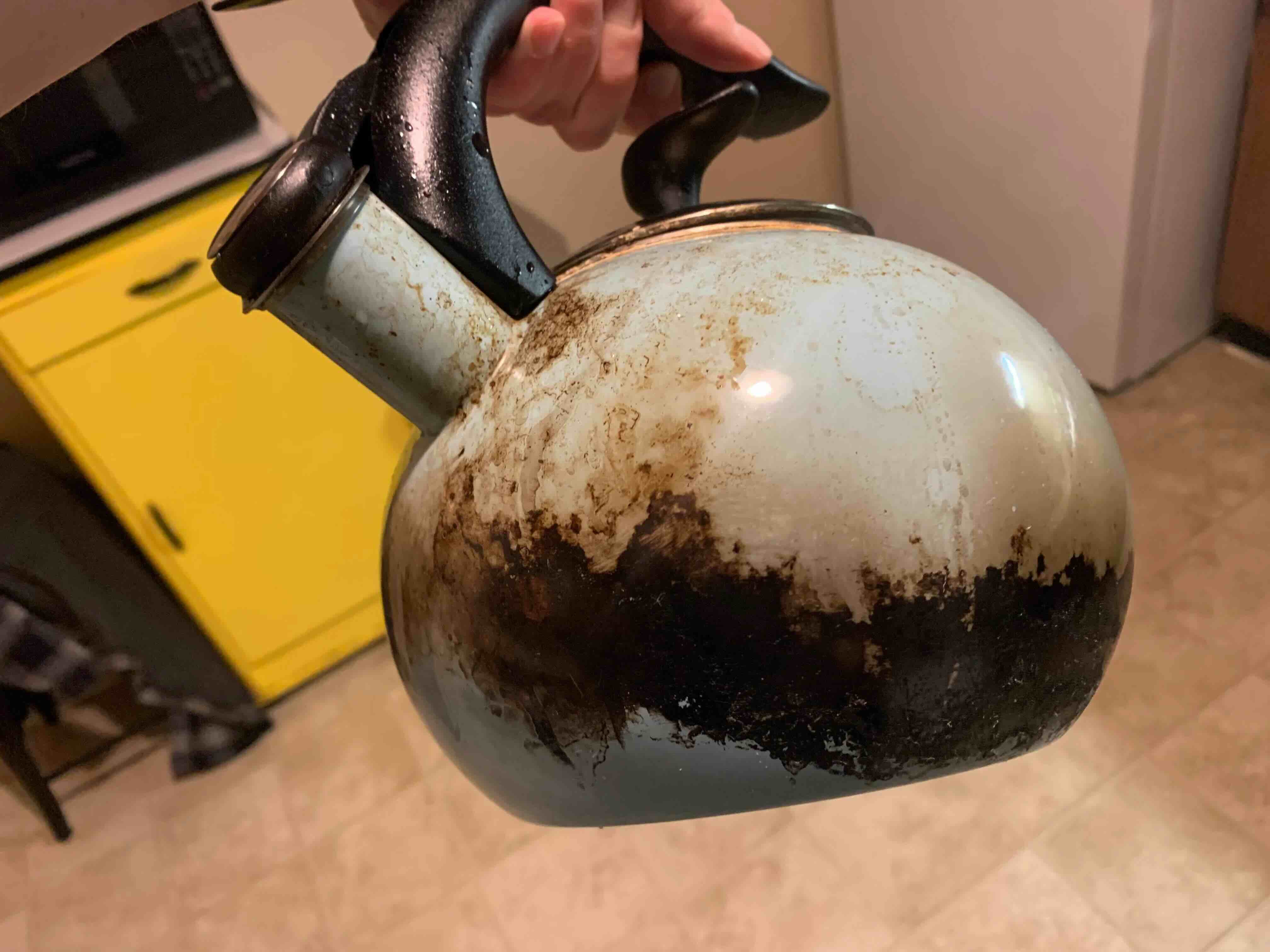
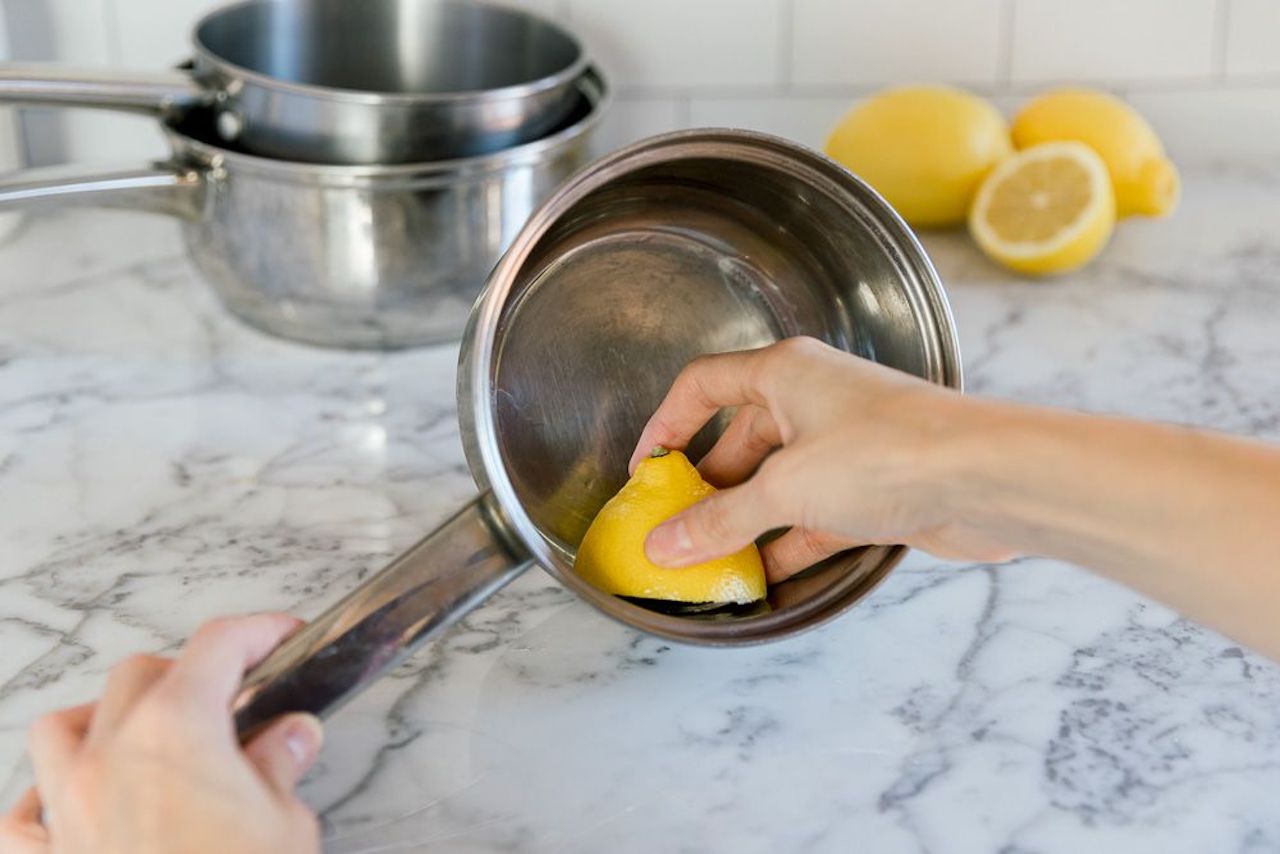
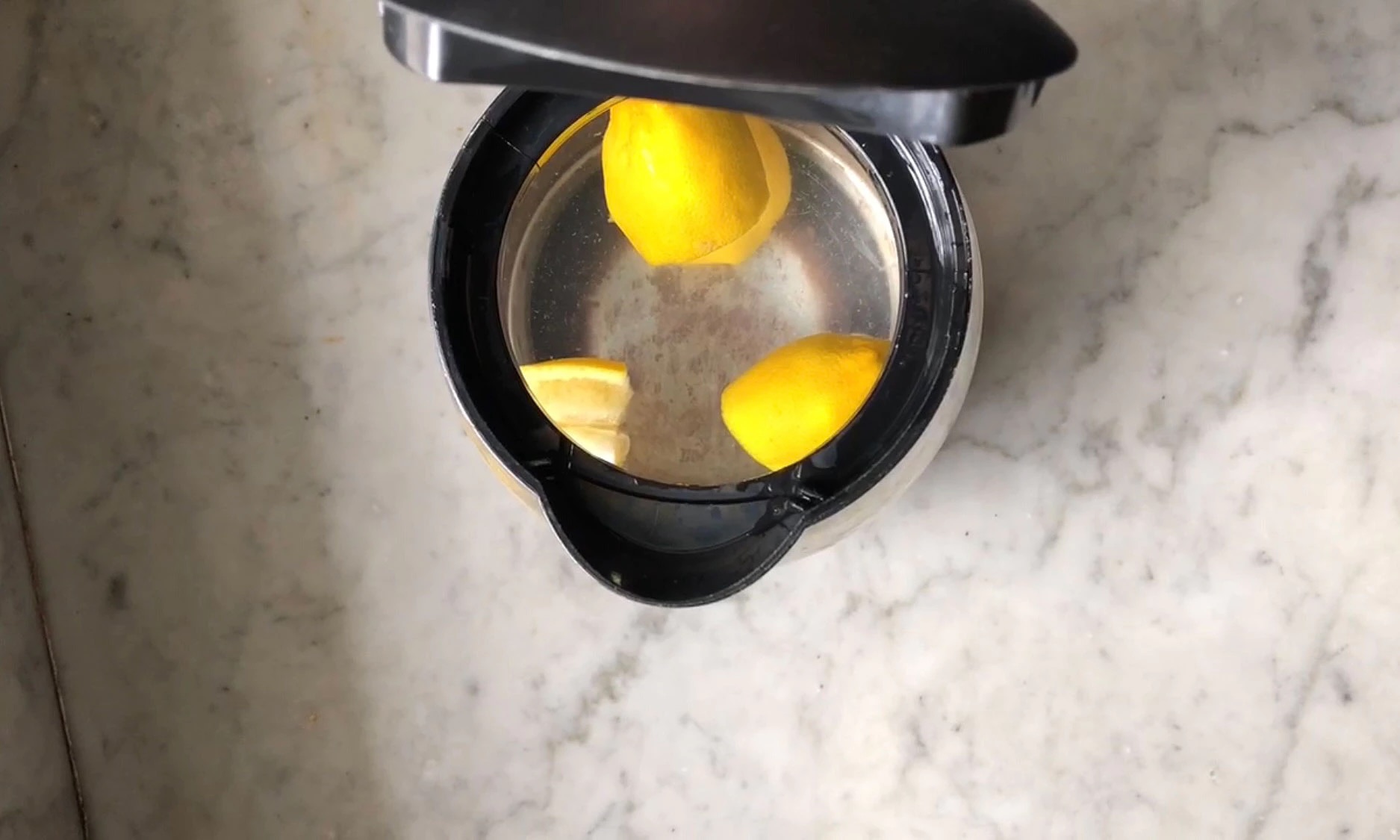
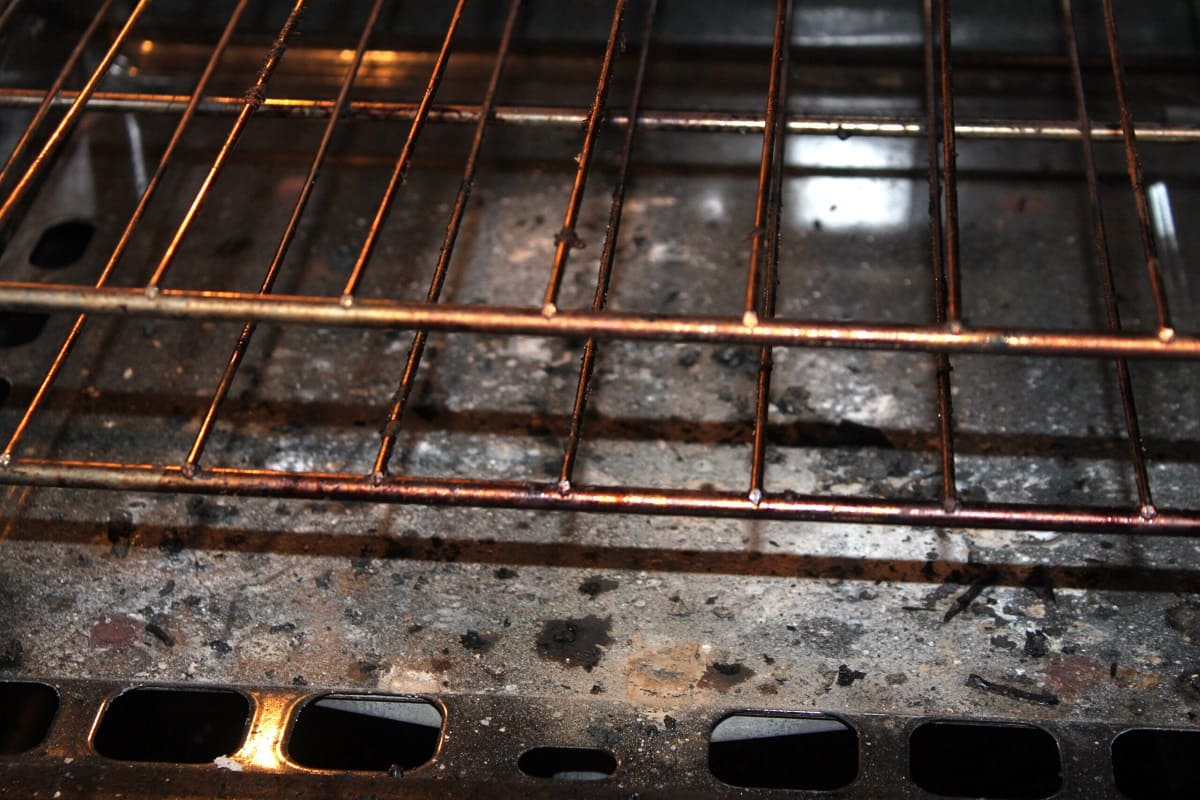

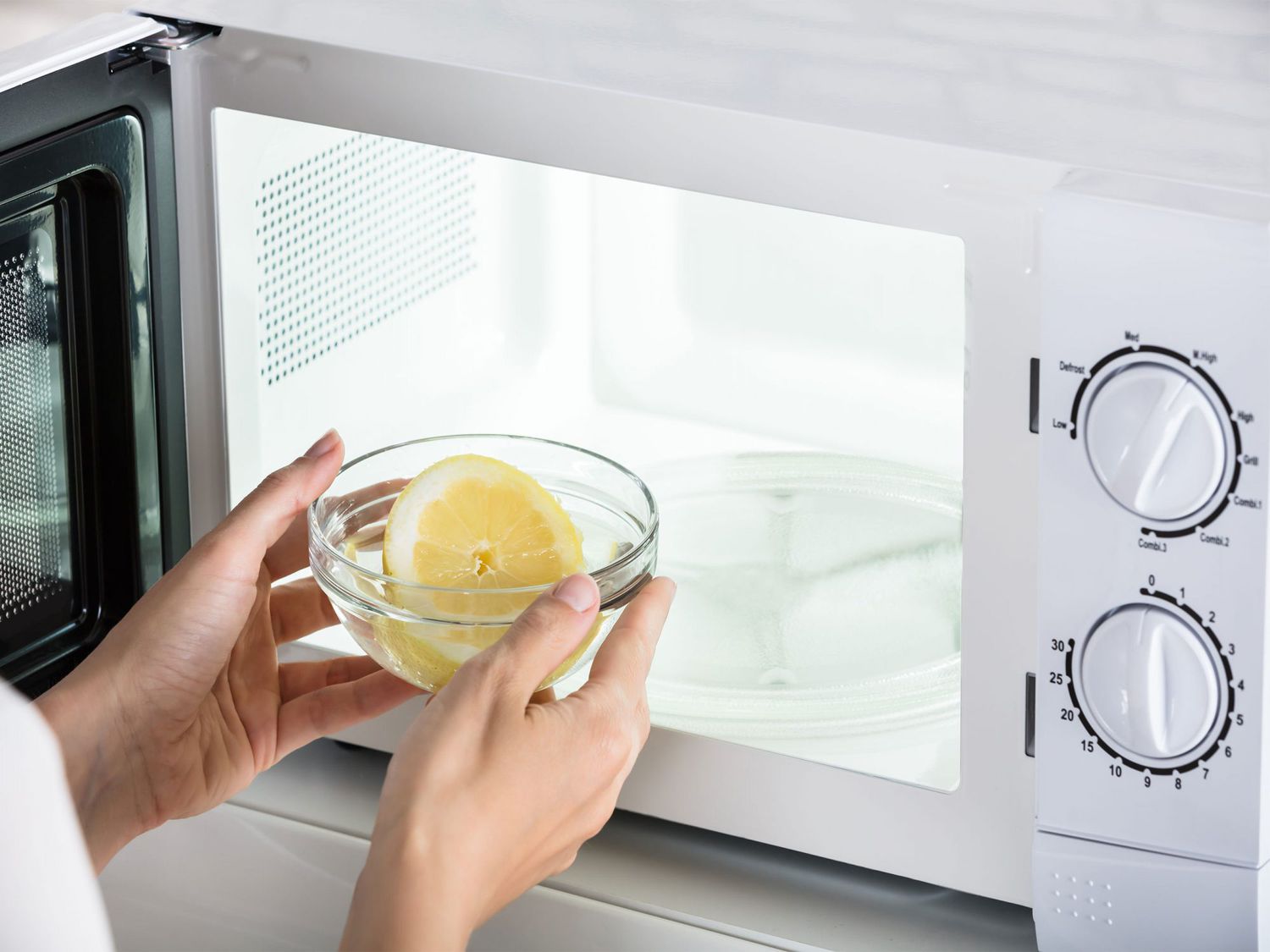
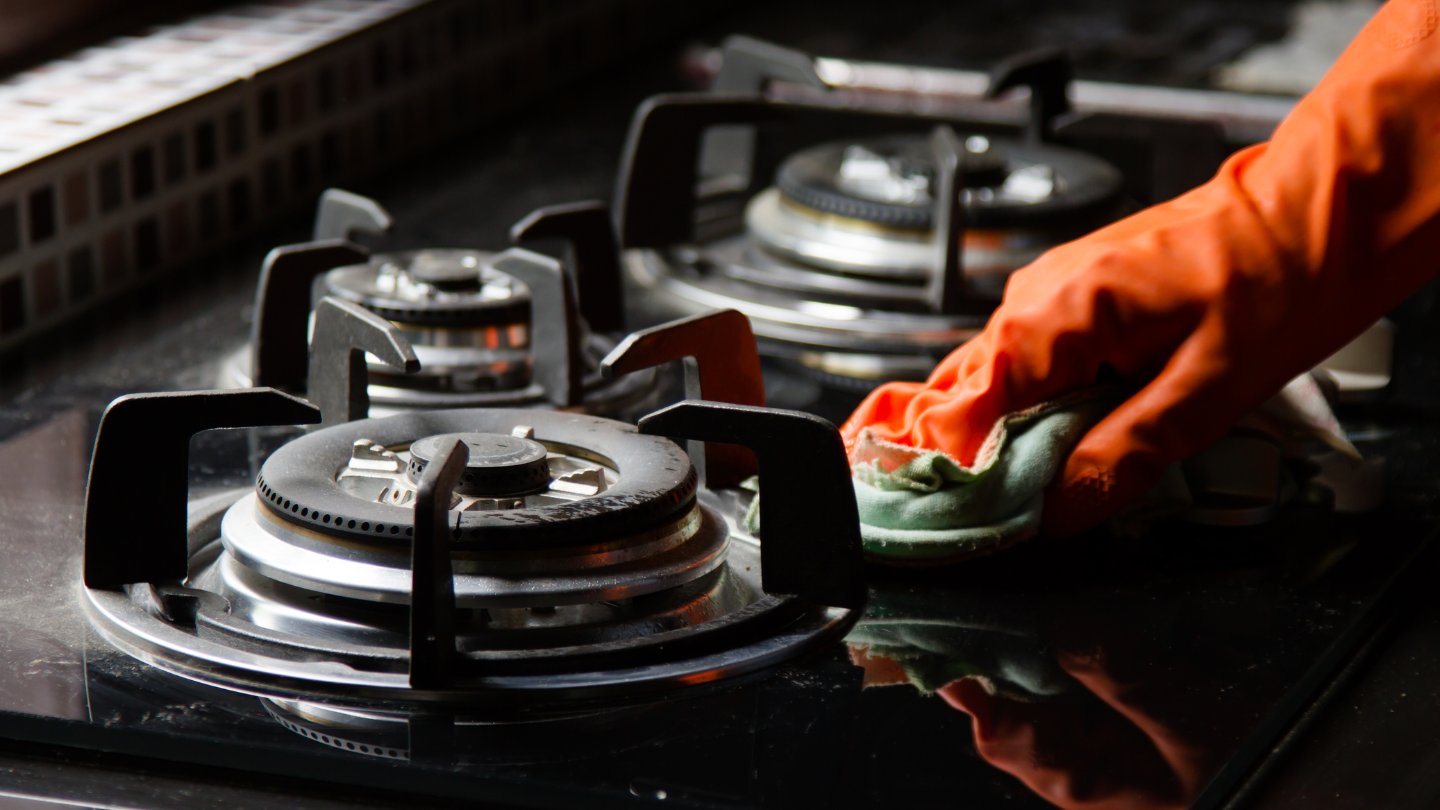
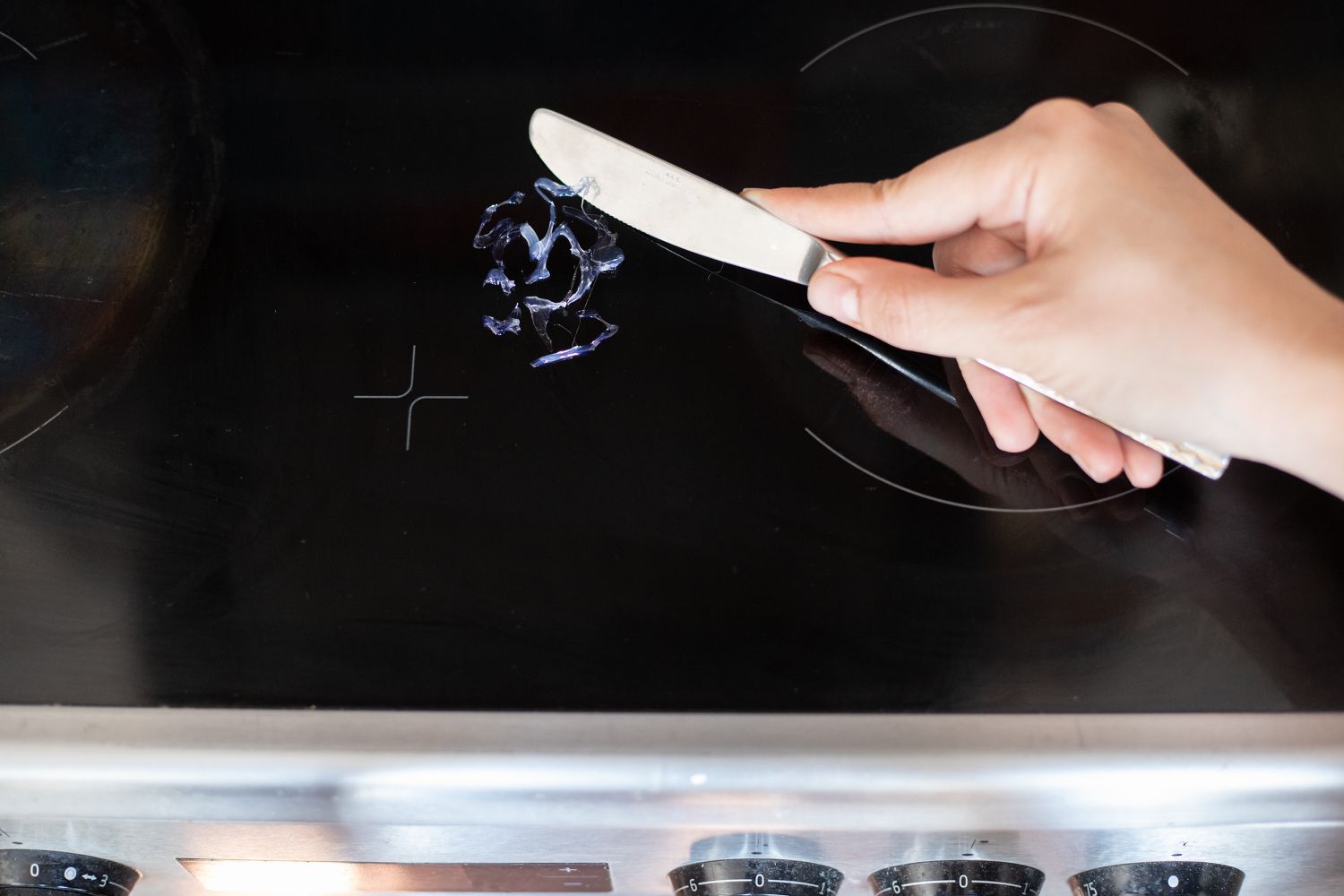
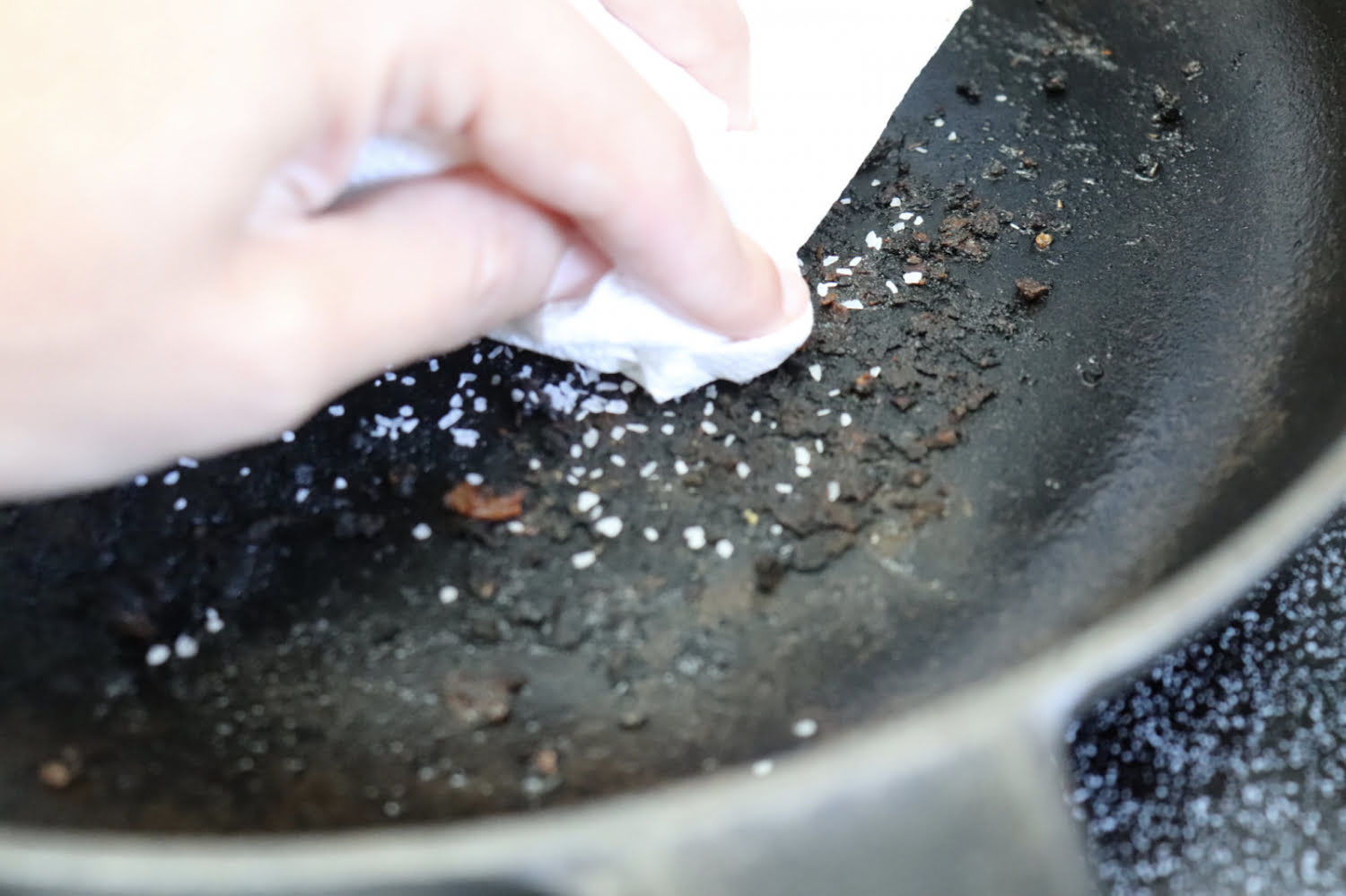
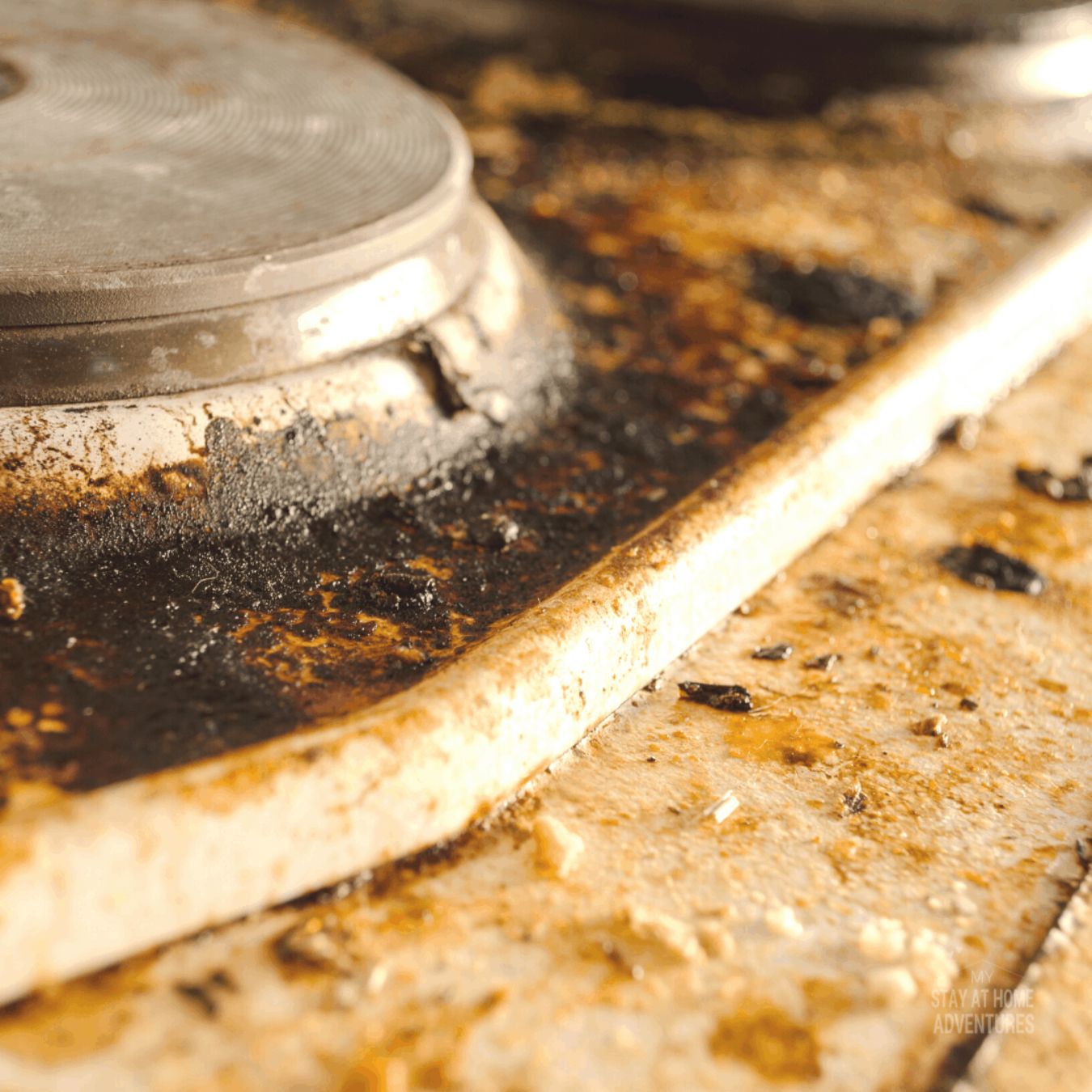
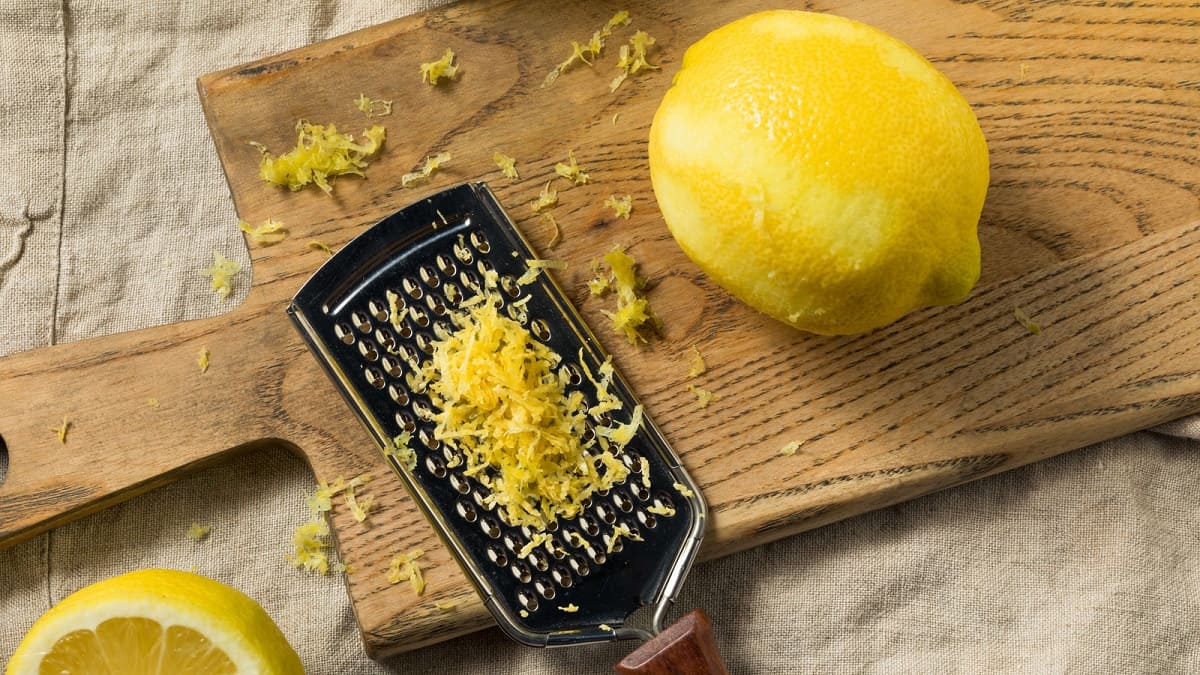
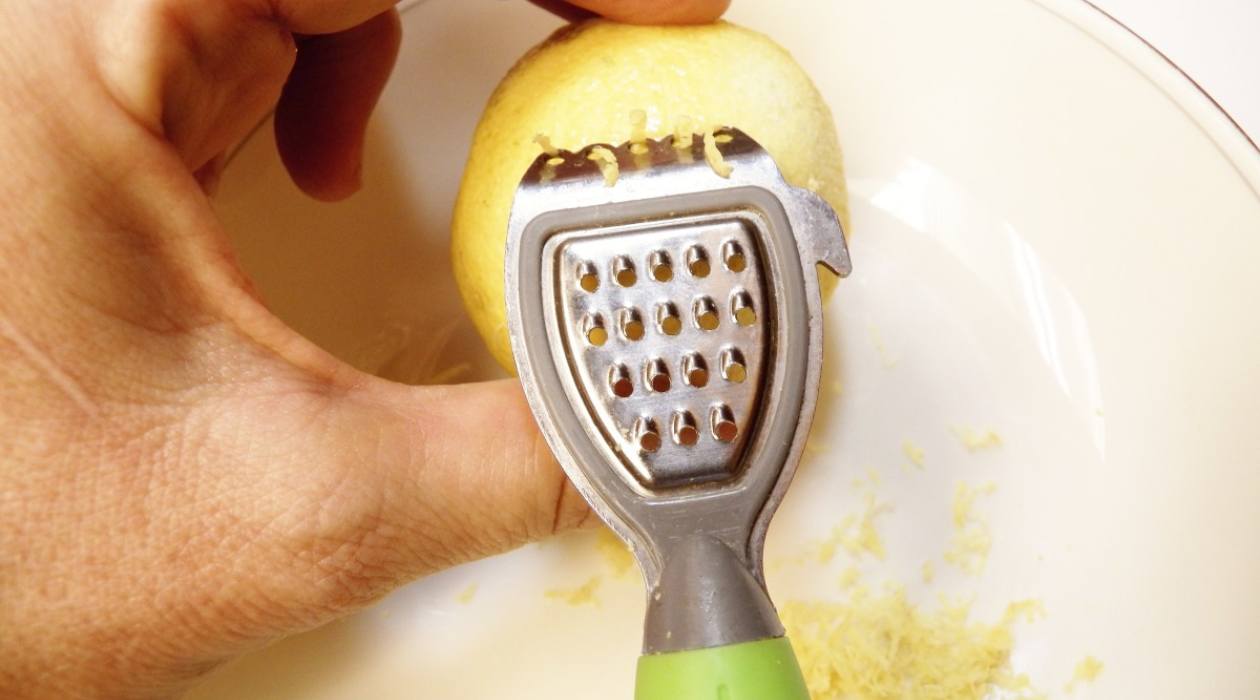

0 thoughts on “How To Clean A Microwave With Lemon: To Remove Burnt On Food”